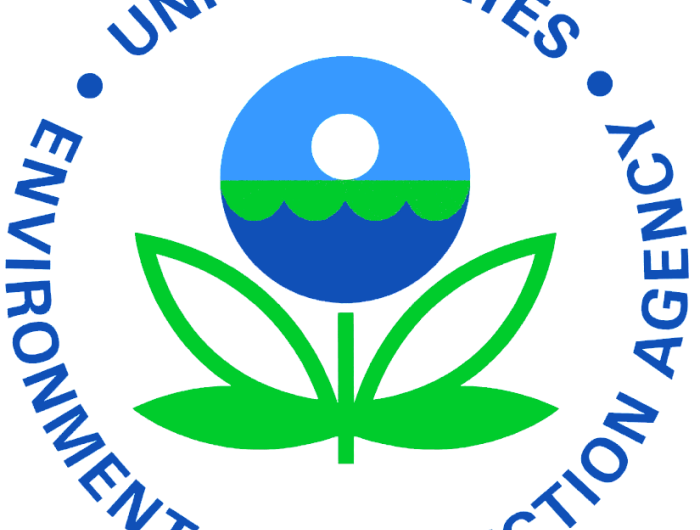Comment on EPA's rule on plant-incorporated protectants (pesticidal plants)

This week the Environmental Protection Agency finalized regulations for the testing and approval of plants that are genetically engineered to incorporate pesticides. Since 1994, the EPA has been operating under a proposed rule and informal guidelines. Doug Gurian-Sherman, co-director of the Project on Biotechnology of the Center for Science in the Public Interest, made the following statement about EPA’s action.
“EPA’s final rule for regulating genetically engineered plants is significantly improved over its 1994 proposal. EPA is maintaining a mandatory review process, but has eliminated exemptions for several types of genetically engineered plant-incorporated protectants that were included in the earlier proposal. By exempting only conventionally bred plant-incorporated protectants from the final regulation, EPA recognizes that genetically engineered plants may be fundamentally different from conventionally bred plants and therefore require increased scrutiny.
“To expand on its new rules, EPA should make it a top priority to provide guidelines, based on the advice of its Scientific Advisory Panels and the National Academy of Sciences, for health and environmental testing of plant pesticides. Those guidelines should specify the types of engineered plants for which more extensive human-safety testing would be required, incorporate substantial field testing into environmental assessments, and study effects of whole-plant material, not just isolated gene products.
“Beyond the issues addressed in the new regulations, EPA must address several broader issues pertaining to genetically modified plants. Those issues include monitoring for possible human and environmental impacts of genetically engineered pest-protected plants and foods, prohibiting the use of engineered crops for animal feed if they are not also approved as human food, and vigorously enforcing requirements for preventing pests from becoming resistant to plant pesticides.
“The public will have full confidence in the safety of agricultural biotechnology only if the approval process is thorough and crops are monitored carefully.”

